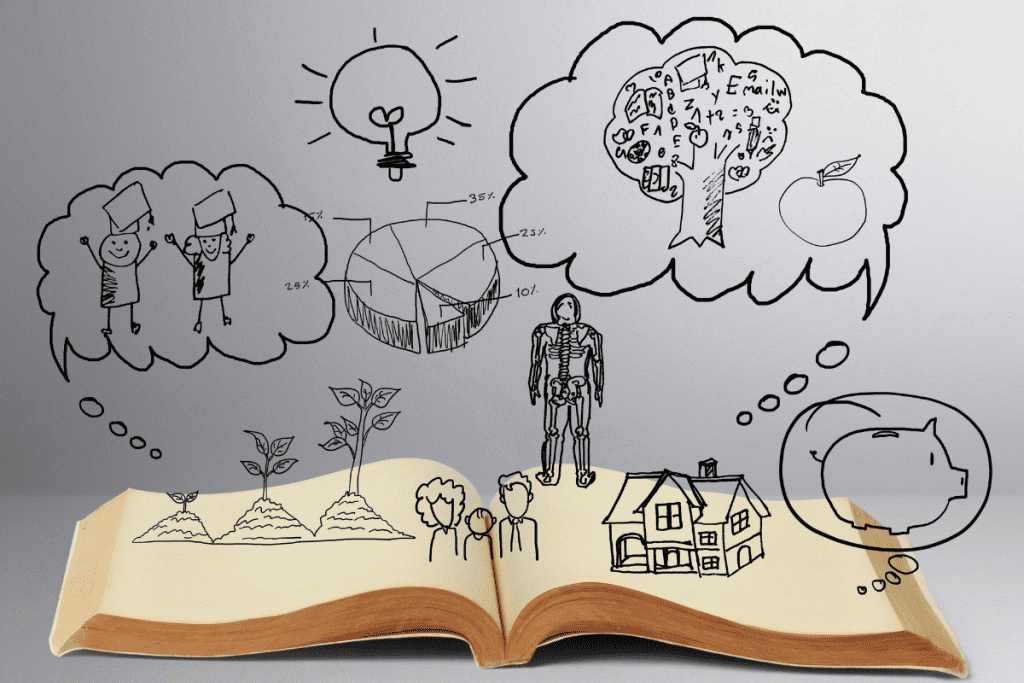
Story frameworks are fascinating. Today, I’m looking at John Truby’s The Anatomy of Story.
Distilling John Truby’s The Anatomy of Story
Truby breaks down story structure into 7 key steps:
Weakness and Need
This is what drives the story as the character seeks to fulfill their need and overcome their weakness. Your hero doesn’t know about their weakness at the beginning of the story.
Desire
Separate from their need, their desire is what the hero wants in the story.
Opponent
This is the antagonist in the story. The opponent is competing with the hero on some level for the same thing. Who wants to keep the hero from getting what he/she wants? That’s your opponent.
Plan
The hero always has a plan to get what they want. It might not be well thought out, but it’s there and they follow it, to defeat the opponent and get to their goal desire.
Battle
The battle or confrontation between the two sides both trying to win the goal. Only one can win.
Self-revelation
The hero learns about who they really are through the battle. The best self revelations combine both psychological and moral aspects and are shown through the hero’s action. They don’t come out a tell us what they learned, but we know by watching.
New Equilibrium
Desire obtained, the story is over and a fundamental change has occurred for the hero. Depending on the story it can be a negative or positive outcome.
The Anatomy of Story by John Truby is an excellent reference. The book has examples from popular movies that make it easy to understand the various parts and how they come together to create a compelling story.
